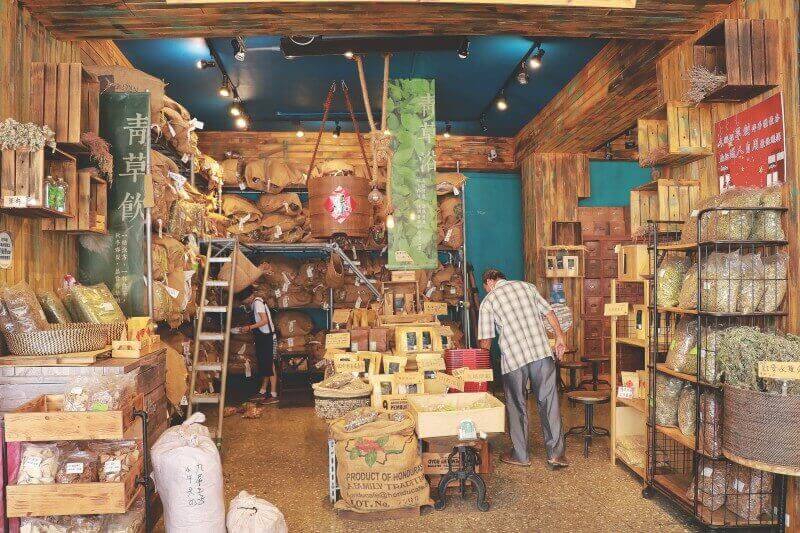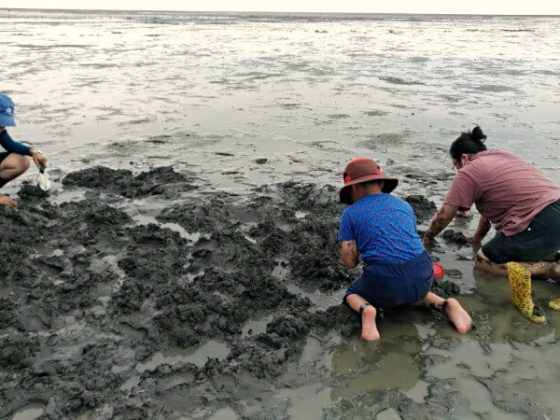Five Living Museums — Old and New, Modern and Traditional, Coexisting in Harmony
Words by: Rick Charette
Photos by: Taiwan Scene, Toppy Baker, Beitou Hot Spring Museum, Richie Chan, Banka Qingshan Temple, MOCA Taipei
Taipei is a vibrant metropolis where the first-time visitor immediately notices how old and new, traditional and modern, live in seamless harmony. The people of this city — and island — are renowned for their openness to the world. Yet they also take great pride in their past, and over the past few decades have passionately dedicated themselves to preserving and celebrating the cultural inheritance bestowed on them by their forefathers. As you move around the city, again and again you come across scenes of carefully renovated heritage buildings standing proudly amidst gleaming modern architectural works that tower above them.
There have been numerous heritage architecture preservation initiatives. As such, the Taipei City government has launched the “Taipei Eco Museum” (台北無圍牆博物館) campaign, treating the city as a whole as a living museum, tying together its unique treasure trove of humanities, the lives of ordinary people, physical resources, and history into a tourism- focused whole for visitors to explore.
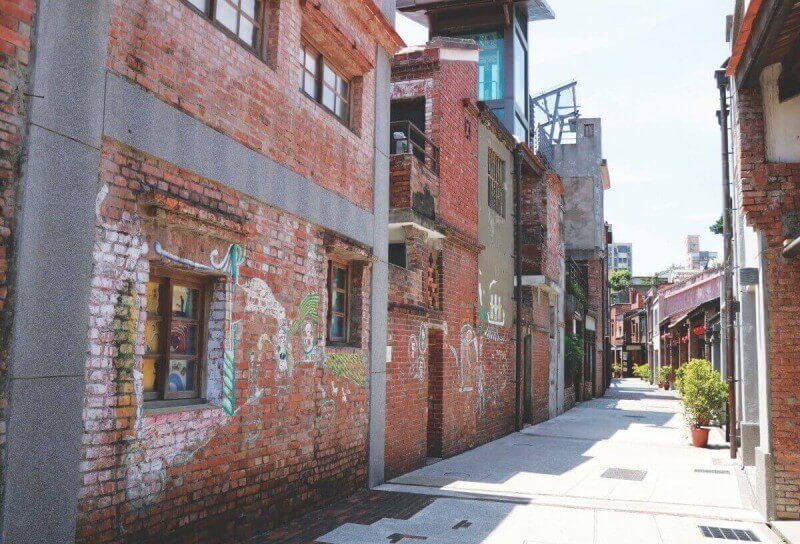
Five major city zones of historical importance, each a living museum without walls that possesses a unique look, style, and story, have been chosen for integrated planning and marketing, collectively creating a new cultural-exploration map of the city that tourists can explore individually or in its entirety, depending on time and interest. Running north to south, they are: Beitou (北投溫泉), Dadaocheng (大稻埕), Bangka (萬華艋舺), North Town (城北廊帶), and South Town (城南台大). The campaign is a celebration of the cultural diversity and harmonious coexistence of the old and new, traditional and modern in each area.
Your thirst for adventure has no doubt been excited, so to whet your palate here is a quick tour of each of these neighborhoods.
1. BEITOU — Monuments & Architecture (with Hot Springs!)
The Beitou hot-spring resort area was the first such leisure and recreation area developed in Taiwan. Created by the Japanese starting in the late 1890s, it was once reached from central Taipei by a special branch railway. Today, this area is a dense, rich mix of old and stylish new architecture, including a small forest of heritage and modern-style hot-spring inns and hotels. (Read more: 5 Fantastic Things to Do in Beitou)
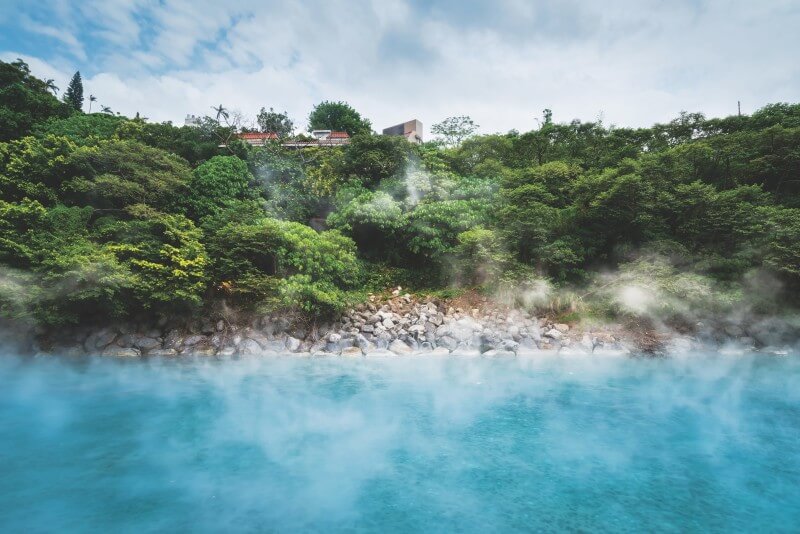
The area’s core is a long, narrow valley at the base of the Yangmingshan (陽明山) massif filled up at its bottom with Beitou Park (北投公園). Immediately before the valley’s mouth is Taipei Metro’s striking Xinbeitou Station (捷運新北投站). The metro station and branch line were specifically built to help in the revival of the treasured Beitou hot spring culture. The station has an imperial-yellow Chinese palace-style roof, and is fronted by a classical-style archway that looks toward the hot spring park.
Beside the station, in small Qixing Park (七星公園), is a rebuilt version of the original Japanese-style wood- built station — Xinbeitou Historic Station (新北投車站). The station was built in 1916, with an expansion undertaken in 1937. The charming architectural restoration was created utilizing over 70% of the structure’s original materials, with the 1937 blueprints used as a reference. It has the same dimensions and appearance, with its most notable features being its wood exterior, copper roof tiles, ornately carved eaves, and ox-eye windows. The structure now houses a gallery with exhibits on Beitou history and a souvenir shop with Beitou-themed products.
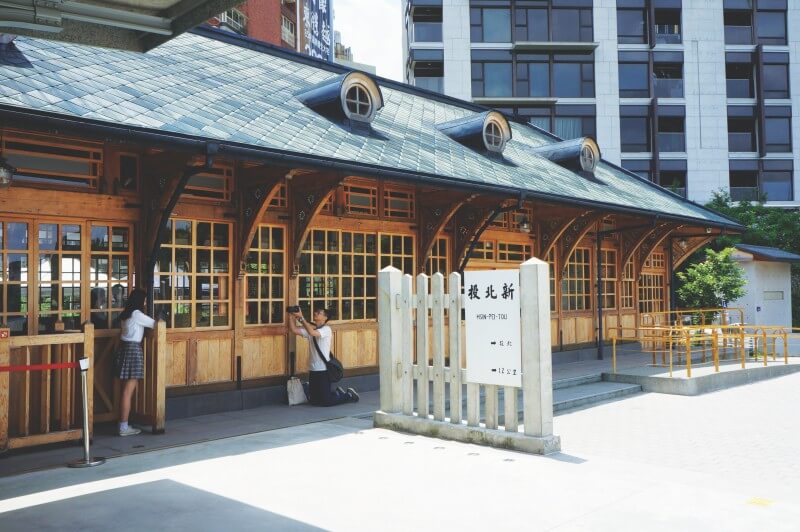
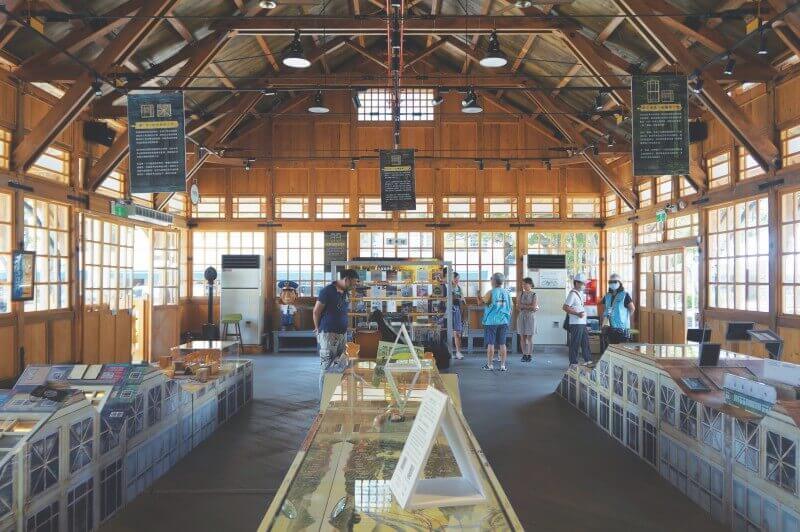
Inside Beitou Park, the first building encountered is the Taipei Public Library Beitou Branch (台北市立圖書館北投分館), Taiwan’s first green library. Resembling a giant ark resting amidst a mini-forest, the award- winning structure, built mainly of wood and steel, boasts an impressive array of eco-friendly features. Rooftop solar panels generate electricity, rooftop greenery helps keep the interior cool, and rainwater collected by the sloping roof’s drainage system is gathered for interior use (e.g. for watering plants and flushing toilets). Surrounding tree cover helps prevent direct sunlight from entering through the French windows, and also allows for comfortable outdoor reading on the building’s balconies. The overall design concept is to provide visitors with a soothing, spirit-calming “forest bath.”
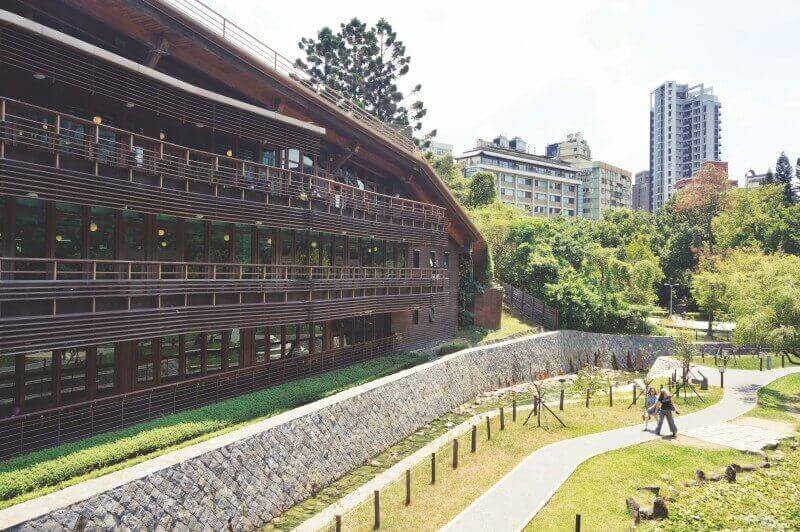
Just uphill from the library is the Beitou Hot Spring Museum (北投溫泉博物館). This lovely building of red brick, stained-wood planks, and white stucco, featuring an eclectic hybrid Victorian/Japanese architectural mix, was originally the Beitou Public Bathhouse, opened by the Japanese in 1913. As Taiwan’s first public bath and then East Asia’s largest hot spring public bath, its design was based on Japan’s famed Mount Izu Hot Spring Bathhouse. Inside, a Romanesque pool and columns have been restored, as has the original large, breezy Japanese- style tatami resting room, and there are many intriguing artifacts and info displays on Beitou history. (You might also like: Hot Springs, Spas and Spa Hotels Around Taiwan)
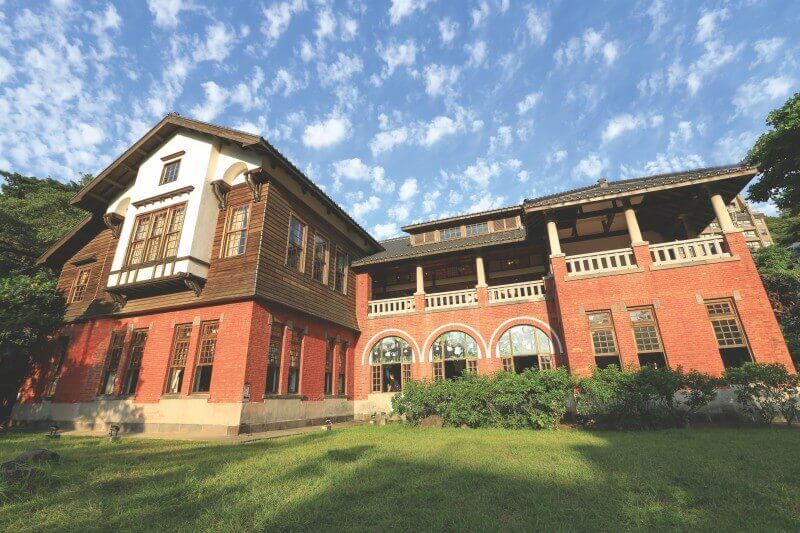
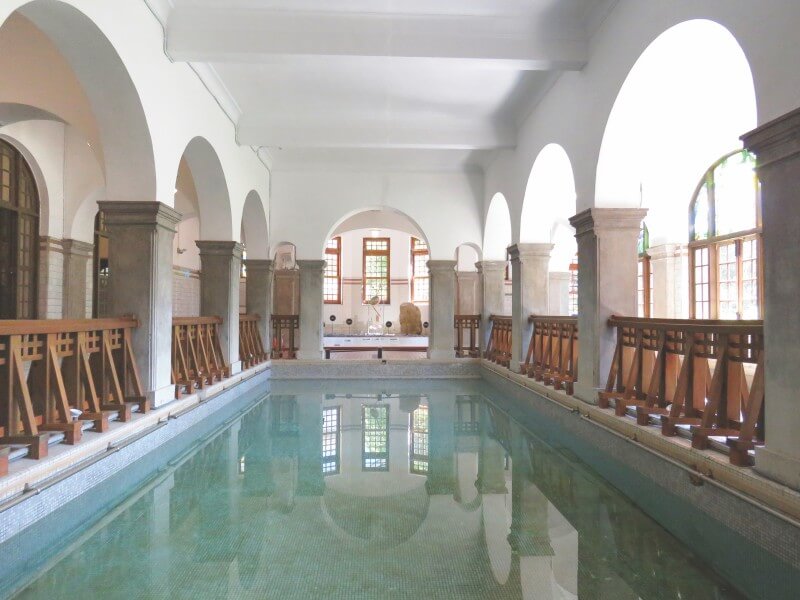
Tian Gou An (天狗庵) was the very first hot spring inn built in Taiwan, opened in 1896 by an Osaka businessman. This was the fountainhead of Beitou’s flowering as a hot spring resort area.
Besides, there was a hospital built ten minutes aways from Tian Gou An during the Japanese colonial era due to the health benefits of hot springs. With lots of soldiers being sent to the hospital during WWII, a community of military dependents quickly formed after the war. Together, they settled down at the neighborhood, establishing a village now known as Taipei Heart Village (中心新村), where you can see the bygone days in military dependents’ village preserved well since 1949.
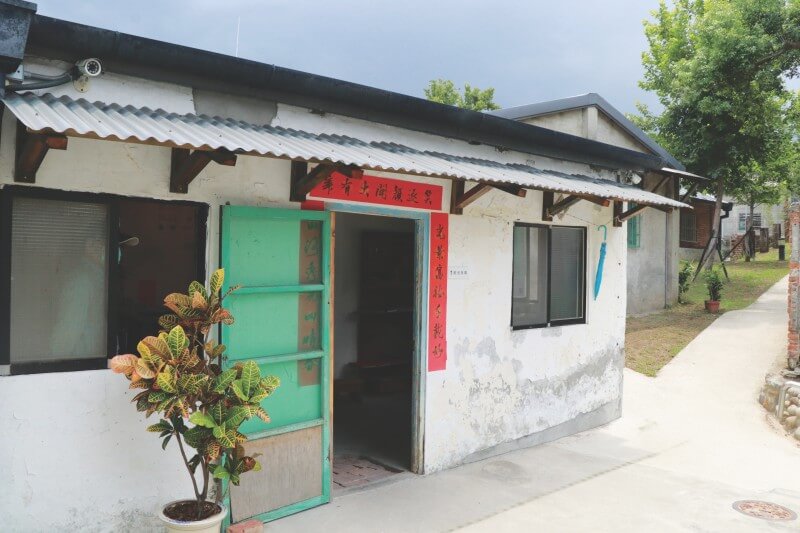
2. DADAOCHENG — Local Industries
The Dadaocheng neighborhood, perhaps Taipei’s richest in terms of physical heritage, is spread out along the Tamsui River (淡水河) in Datong District. Dihua Street (迪化街), the main street in Dadaocheng, also Taipei’s oldest commercial street, is where you will find tons of historical buildings. (Read also: The Living History of Dadaocheng)
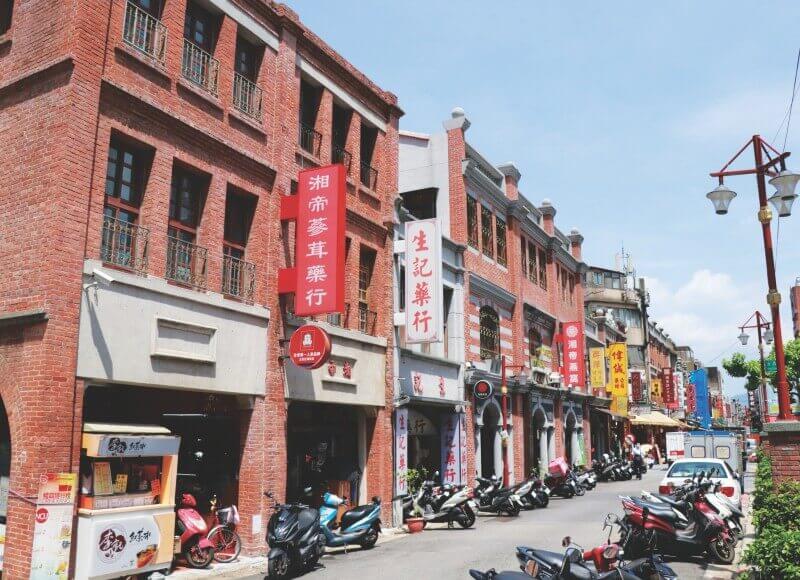
From the latter 19th century until the mid-20th century, Dadaocheng was the Taipei Basin’s main commercial center. It was settled in 1853 by Han Chinese fleeing internecine fighting in nearby Bangka, Taipei’s oldest settlement. Followed by the establishment of Tamsui Port, Western trading firms began moving in, making Dadaocheng a trading headquarters for four main industries: tea, Chinese medicines, fabrics, and nan-bei huo (南北貨, regional specialty goods). Many Chinese merchants copied their Western-style architectural motifs, and after the Japanese took over Taiwan in 1895, neo-Baroque and other Western styling was commonly used on facades. Dadaocheng gained a reputation as Taiwan’s key portal for Western influences.
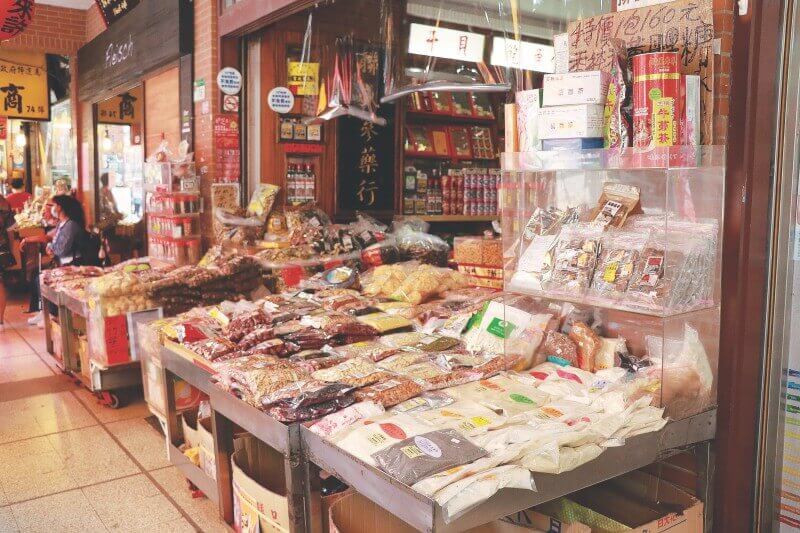
If you walk down Dihua Street these days, you’ll still see many of the structures’ facades are in the elaborate neo-Baroque style popular during Japan’s Taisho period, beautified with artistic flourishes. Look closely and you will see the name of the original business establishment carved above the entranceway. The buildings are in the traditional shophouse style, lined up tightly shoulder to shoulder. This allowed street access to the maximum number of businesses in the days when almost all travel was on foot. The shophouses run deep, with business operations at the front opening to the street and family quarters toward the rear. Today, this street is lined with score upon score of long-in-place shops and new cultural-creative ventures. Most of the heritage buildings have now been renovated. Bars, cafes, and trendy restaurants are opening shops after shops in Dadaocheng, adding to the exotic air of wonder for tourists. (You might also like: New Year Shopping in Taipei — Where the Locals Go, What They Buy, and Why)
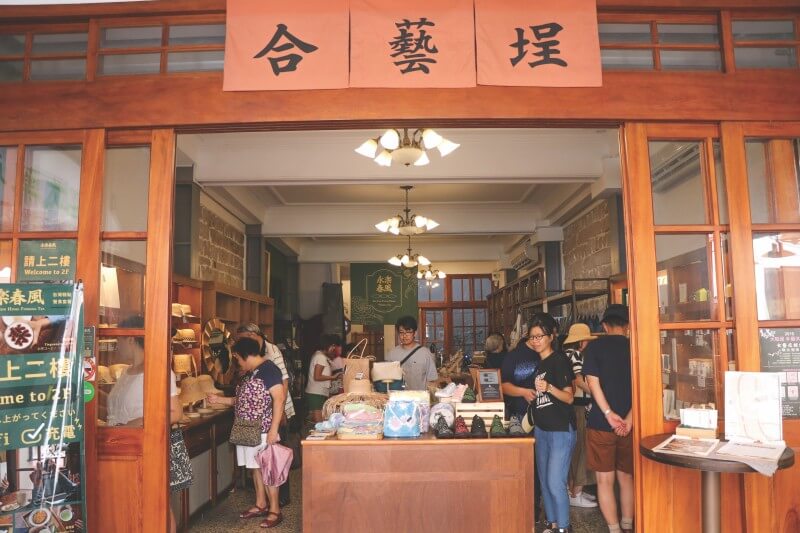
If any one industry was responsible for Dadaocheng’s rise, it was tea. The settlement filled up with tea- processing factories, and the Western-mimicking mansions of enriched merchants. Raw tea leaf was hauled in by workers from the hills surrounding the Taipei Basin, the finished product shipped out to destinations around the globe.
Today the factories are but a memory, but various heritage tea-trading businesses have transformed themselves into cultural-creative living museums celebrating Taiwan’s tea culture. One such is Sin Hong Choon (新芳春茶行), opened in 1934, housed in an elegant three-story building with a neo-Baroque façade. The enterprise has a multi-pronged mission today — shop, museum, cultural-education center. Learn about Taiwan’s tea trade history, purchase your leaf in a traditional-look shop, and glimpse deeper into yesteryear in the preserved assembly-line rooms. Special tea-theme exhibits are also held.

Dadaocheng is also the home to about 200 Chinese herbal medicine wholesale/retail shops. Many have taken part in the city government’s Store Reformation Project, beautifying storefronts and interiors. In recent decades, Taiwan folk have come to emphasize diet more than traditional Chinese medicine in maintaining health, and Dadaocheng’s heritage businesses have responded. Many Chinese medicine shops have developed products more convenient for 12 consumers, such as single-use packages and tea bags containing healthy Chinese herbs and also run attractive herbal tea stands. (You might also like: The Faithful Gourmand: Enjoying Taiwanese Brunch at Dadaocheng Cisheng Temple)
